How to Use EBVs to Select the Perfect Sire for Your Breeding Goals
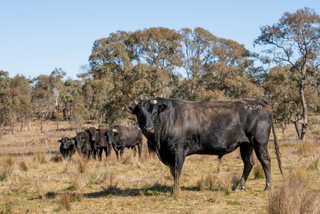

Choosing the right sire based on genetic merit can accelerate your herd's profitability and performance faster than any other management decision you'll make this year. Traditional sire selection methods that rely solely on visual appearance (phenotype) carry significant risks. It is entirely possible that an impressive-looking bull or ram might harbour hidden genetic weaknesses that won't become apparent until their offspring hit the ground. This is where Estimated Breeding Values (EBVs) revolutionise the breeding game, offering a scientific window into an animal's true genetic potential beyond what meets the eye.
In this comprehensive guide on how to use EBVs to select the perfect sire for your breeding goals. We will explore everything from understanding these powerful genetic tools to defining your breeding objectives, interpreting complex data reports, and making informed purchasing decisions that will shape your herd's profitability and genetic merit for generations to come.
What Are EBVs and Why They Are Essential for Modern Breeders
An Estimated Breeding Value represents an animal's genetic worth for specific traits, much like a vehicle's performance specifications tell you far more about its capabilities than its paint colour ever could. When you understand what are estimated breeding values, you're essentially gaining access to an animal's genetic blueprint that predicts how its offspring will perform across crucial production metrics.

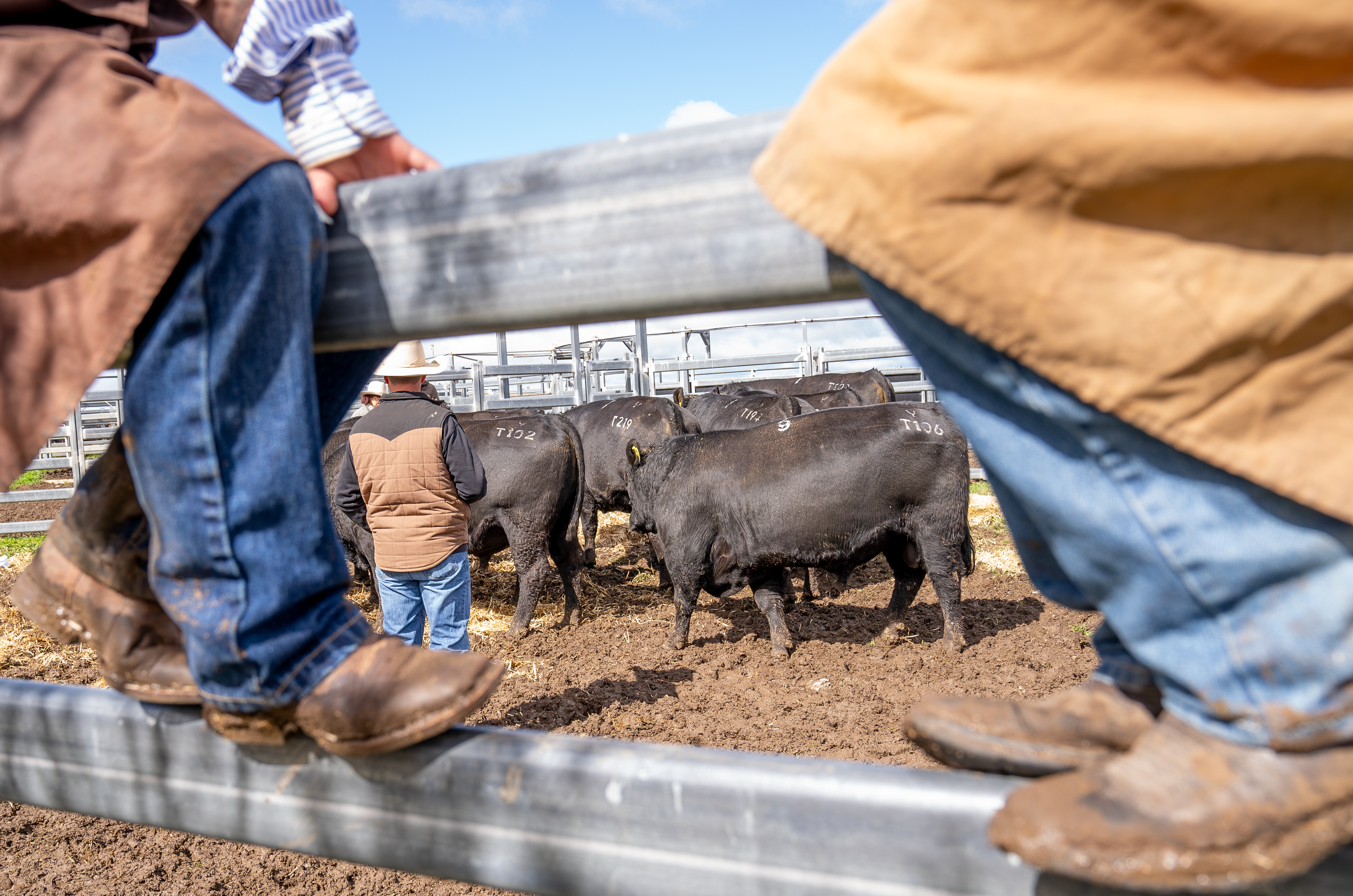
The benefits of using estimated breeding values in animal breeding extend far beyond simple selection improvements, they:
- Accelerate genetic gain by allowing you to make more accurate decisions
- Increase on-farm efficiency through targeted trait improvement
- Enable data-driven decision making that removes guesswork from your breeding programme,
- Boost profitability by producing animals that better meet market specifications
Unlike phenotypic selection, which can be influenced by environmental factors like feed quality or seasonal conditions, EBVs allow for fair comparison of animals from different properties and environments. Utilising them will ensure you're selecting based on true genetic merit instead of temporary advantages. This scientific approach to breeding values vs phenotypic selection has transformed how successful operations build their herds, with leading producers regularly achieving 2-3% annual genetic gain compared to less than 1% through traditional visual selection alone.
A Step by Step Guide to Defining Your Breeding Objectives
Without clear breeding goals, even the most comprehensive EBV data becomes meaningless noise that does not make actionable intelligence. For this reason, learning to define livestock breeding goals forms the cornerstone of any successful genetic improvement programme.
Begin by analysing your target market thoroughly. Whether you're producing weaners for restockers, preparing animals for feedlot entry, or supplying direct to processors, each market values different traits that should guide your selection priorities.
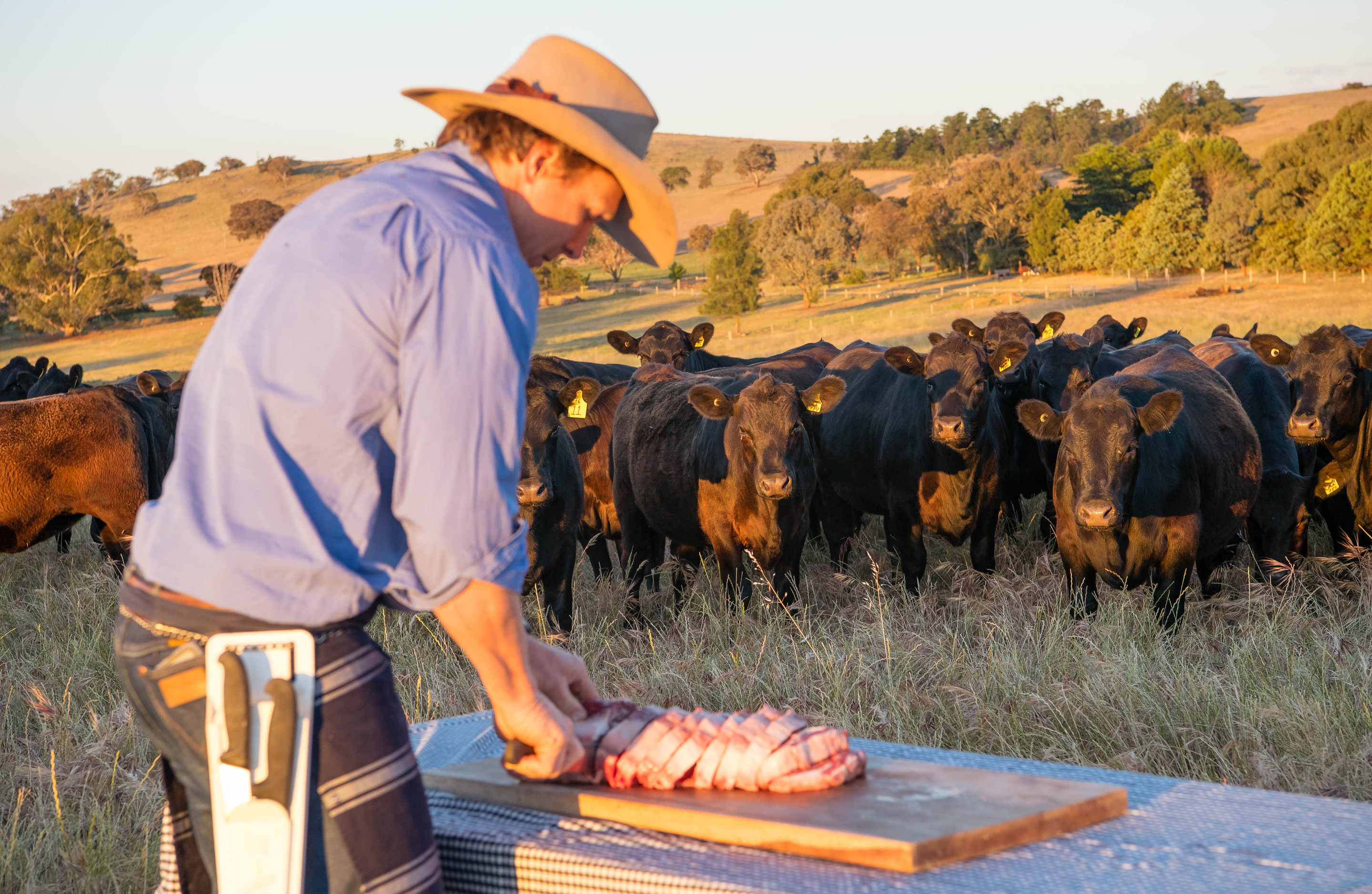
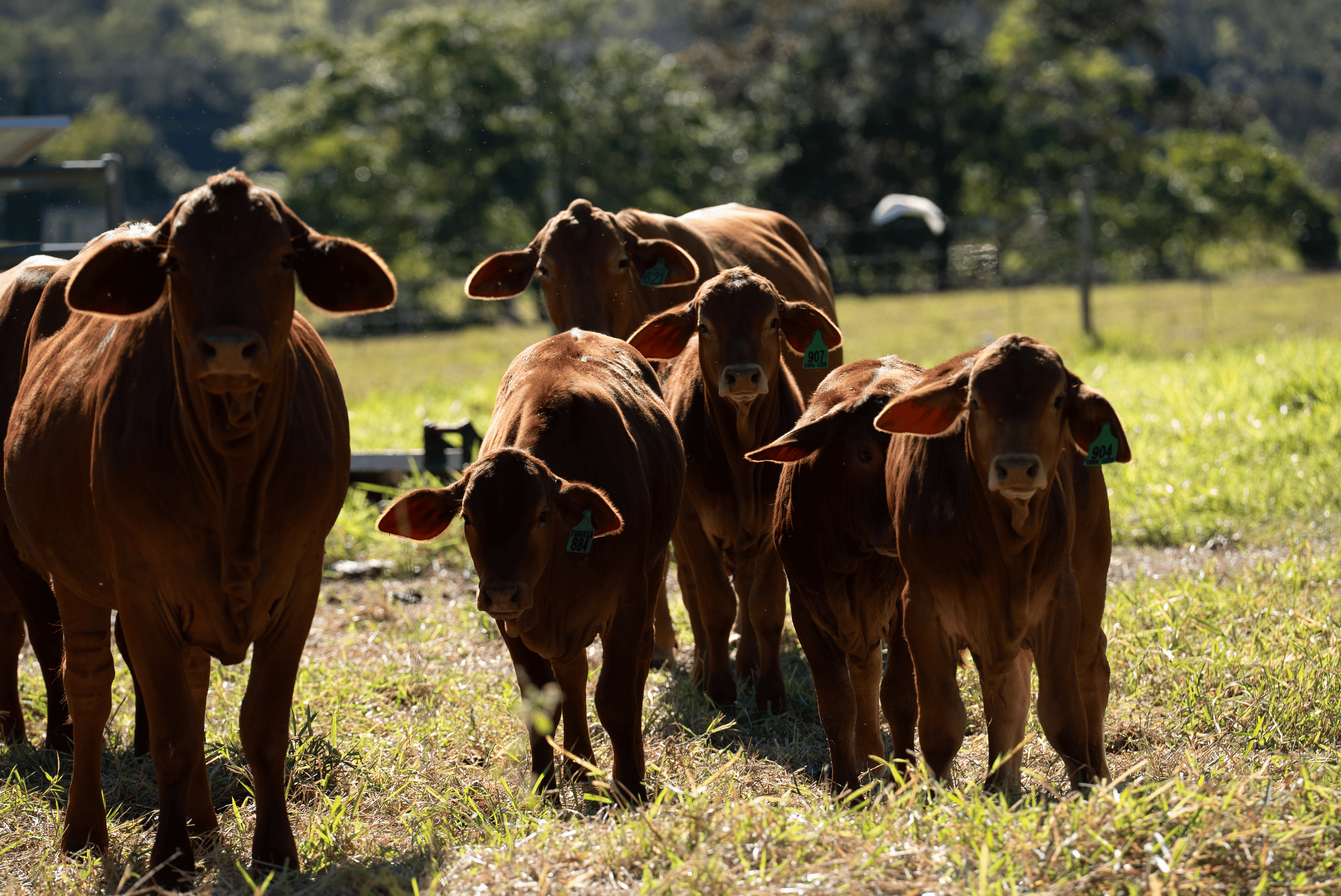
Next, conduct an honest assessment of your current herd's strengths and weaknesses. Identify where improvement would deliver the greatest economic return. Perhaps your calving intervals need tightening, or your carcass quality requires enhancement to capture premium grid prices.
The most successful breeding programmes balance multiple trait groups simultaneously. E.g., production traits like growth rates and carcass quality drive revenue, maternal and fertility traits such as calving ease and days to calving ensure reproductive efficiency, and welfare and sustainability traits including polledness and feed efficiency address both animal welfare concerns and rising input costs. Selection indexes simplify this multi-trait balancing act by combining various EBVs into a single economic value. They can assist you in identifying animals that excel across your priority areas, rather than champions in just one trait that might compromise others.
How to Read and Interpret an EBV Report Correctly
Learning how to read estimated breeding value reports correctly transforms seemingly complex data sheets into powerful decision-making tools that guide your sire selection with scientific precision.
Common EBV traits include:
- Birth Weight (lower values often preferred for calving ease)
- 200/400/600 Day Weights (indicating growth potential at different stages)
- Scrotal Size (linked to daughter fertility)
- Eye Muscle Area (carcase yield indicator)
- Intramuscular Fat (marbling potential)
They each provide specific insights into an animal's genetic contribution.
Understanding positive and negative EBVs requires context. A negative Birth Weight EBV is typically desirable as it suggests easier calving, while a positive 600 Day Weight EBV indicates superior growth genetics. The key here lies in aligning these values with your specific breeding objectives. Accuracy percentages reflect the reliability of each EBV, with young bulls often showing 40-60% accuracy that may shift as more progeny data accumulates. Proven sires with hundreds of recorded offspring might achieve 90%+ accuracy, giving you greater confidence in their genetic predictions. Breed averages and percentile bands provide essential benchmarks, showing whether an animal ranks in the top 5% for a trait or sits below breed average.
This data helps you quickly identify exceptional genetics worth investigating further through platforms like Farmbuy's comprehensive livestock marketplace, where verified EBV data can be obtained from stud stock listings.
Important Sire Selection Factors Beyond the Numbers
Whilst EBVs provide invaluable genetic insights, successful breeders understand that selecting the ideal sire requires careful evaluation. Alongside data analysis, physical traits are also important in male breeding animal selection.
Structural soundness and conformation remain non-negotiable requirements. A bull with exceptional growth EBVs becomes worthless if poor feet and leg structure prevent him from covering cows effectively, making thorough physical inspection essential before any purchase decision.
Temperament and docility directly impact both workplace safety and management efficiency. Aggressive or nervous animals create handling challenges that extend to their offspring. Many breed societies now publish Docility EBVs to help quantify this crucial trait.
A comprehensive veterinary breeding soundness examination should verify the sire's reproductive capability. The process will involve checking sperm quality, serving ability, and overall health status, whilst reviewing vaccination history and disease testing results to ensure biosecurity protocols are met.
Additionally, investigating any known genetic conditions within your chosen breed prevents introducing defects that could devastate your breeding programme. Responsible stud breeders will readily provide genetic testing certificates for conditions relevant to their breed.
When sourcing quality breeding stock through Farmbuy's platform, these physical and health assessments complement the genetic data, ensuring you're investing in animals that excel both on paper and in the paddock.
Putting It All Together: A Practical Sire Selection Checklist
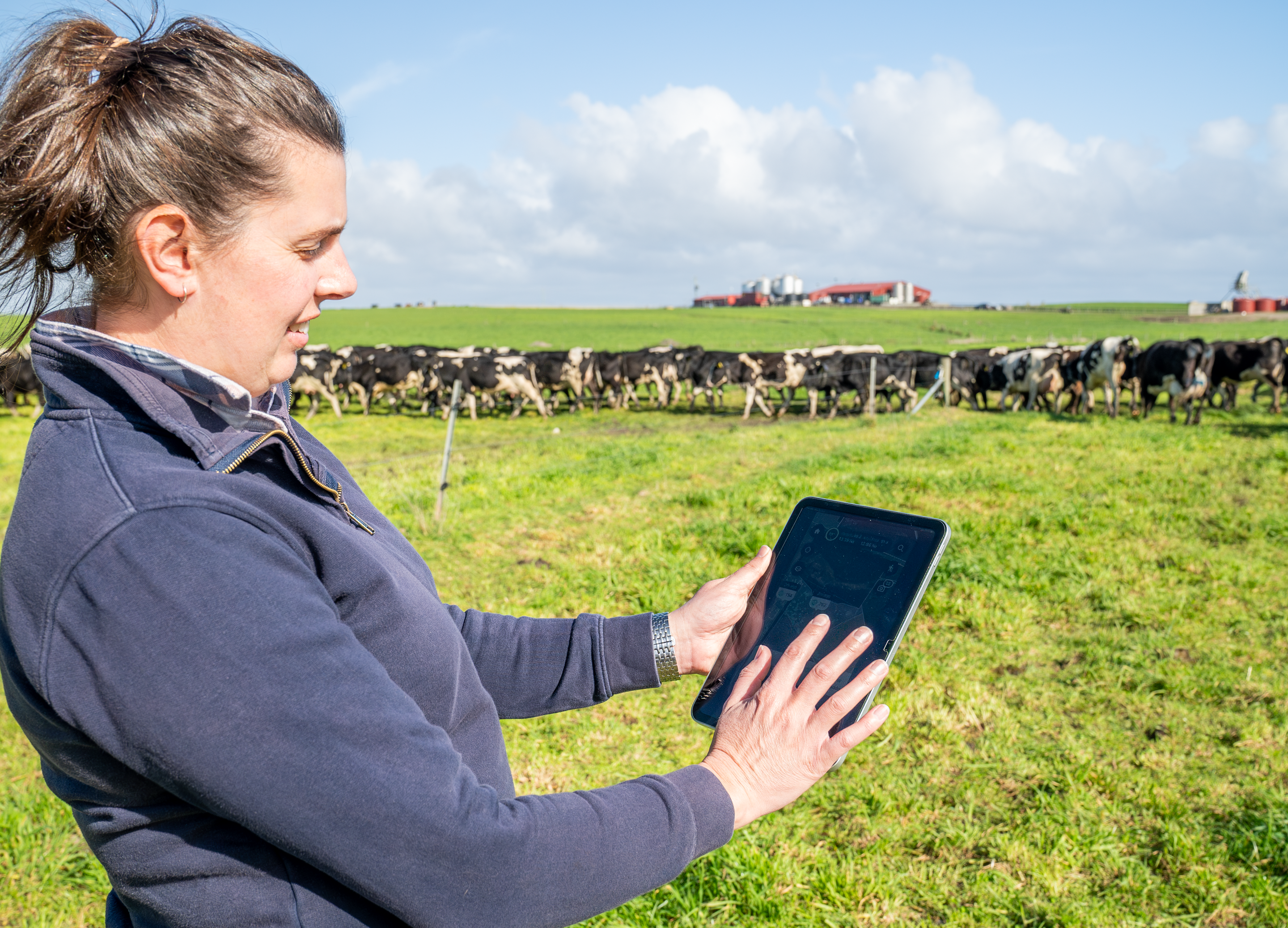
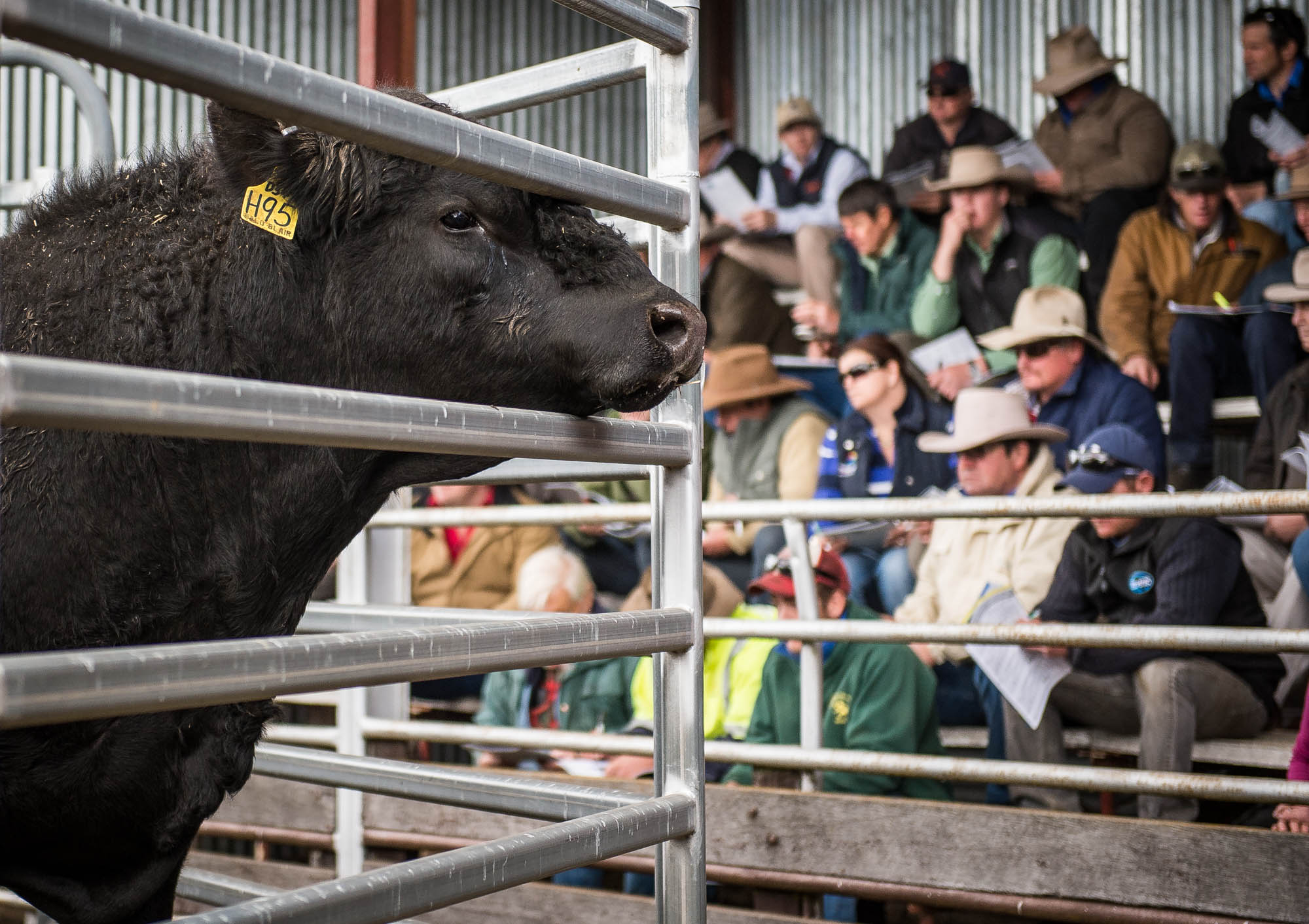
Creating a systematic approach to sire selection ensures you consistently make informed decisions that advance your breeding programme's genetic trajectory and avoid costly mistakes.
- Begin by confirming that your breeding objectives align with current market demands and your operation's capabilities. Then, source potential sires by reviewing stud stock sales results or browsing livestock for sale listings on platforms like Farmbuy, where verified genetic data are accessible for each listing profile.
- Create your shortlist using EBVs that match your prioritised traits. You ought to filter out animals that don't meet minimum thresholds for crucial characteristics before investing time in physical inspections.
- Conduct thorough visual assessments of shortlisted candidates, evaluating structure, temperament, and breed character. Consider how these animals might complement your existing cow herd's strengths and weaknesses.
- Review all available health and veterinary records, including breeding soundness examinations, vaccination histories, and genetic testing results. Make sure due diligence protects your investment and biosecurity.
- Finally, make your selection by choosing the sire that best balances genetic merit through superior EBVs, physical correctness for longevity and functionality, and alignment with your specific breeding goals. Always remembering that the most expensive animal isn't always the best value if their genetics don't match your production system's requirements.
Final Thoughts on Securing Your Herd's Future
Combining scientific data through EBVs with practical assessment skills positions your breeding operation for sustained genetic improvement and enhanced profitability across market cycles. This strategic investment in superior genetics compounds over generations, with each carefully selected sire contributing traits that enhance productivity, improve efficiency, and increase the marketability of your livestock output.
The transparency and objectivity that EBVs bring to breeding decisions remove much of the guesswork that historically plagued genetic selection. Producers are now enabled to make confident investments backed by performance data in place of just hope and speculation.
As consumer demands continue reshaping livestock production, traits like feed efficiency and animal welfare indicators will become increasingly valuable. Data-driven selection through EBVs will only become more essential for remaining competitive. Producers utilising platforms like Farmbuy to source genetically superior breeding stock understand that today's sire selection decisions determine tomorrow's herd performance, profitability, and market position in an increasingly discriminating marketplace, where genetic merit commands premium prices and secures long-term viability.
Frequently Asked Questions
What is the difference between an EBV and phenotype?
Phenotype represents an animal's observable characteristics influenced by both genetics and environment, whilst an EBV estimates the genetic component alone, predicting what traits an animal will pass to offspring regardless of environmental conditions.
How are breeding values calculated?
Breeding values are calculated using complex statistical models that analyse performance data from the individual animal, its relatives, and progeny, adjusting for environmental factors to isolate genetic merit for specific traits.
Can I compare EBVs between animals of different breeds?
EBVs can only be compared within the same breed and analysis group, as they're calculated relative to a breed-specific genetic base. Cross-breed comparisons require special across-breed EBVs where available.
What does breeding value reliability or accuracy mean?
Accuracy percentages indicate how closely an EBV reflects an animal's true breeding value. Higher accuracy (above 70%) suggests the estimate is unlikely to change significantly as more data becomes available.
What is a Selection Index and how should I use it?
A Selection Index combines multiple EBVs into a single economic value based on their relative importance to profitability. It simplifies selection when improving multiple traits simultaneously for specific production systems or markets.
How important is a veterinary breeding soundness examination?
A breeding soundness examination is crucial for confirming a sire's reproductive capability, identifying potential fertility issues before purchase that could result in poor conception rates and significant economic losses.
Are EBVs available for traits like feed efficiency and docility?
Many breed societies now publish EBVs for feed efficiency, docility, and other economically important traits, with ongoing research expanding the range of traits with genetic evaluations available to producers.
What are genomic breeding values or GEBVs?
Genomic breeding values incorporate DNA marker information alongside traditional performance data. This metric increases accuracy, particularly for young animals without progeny, enabling earlier and more reliable selection decisions.
How often are EBVs updated by breed societies?
Most breed societies conduct EBV analyses monthly or bi-monthly, with updates reflecting new performance data submissions, ensuring genetic evaluations remain current as additional information becomes available.
What are some common mistakes to avoid when using EBVs?
Common mistakes include selecting for single traits without considering genetic correlations, ignoring accuracy when comparing young and proven animals, and focusing solely on EBVs whilst neglecting structural soundness and environmental adaptability.







